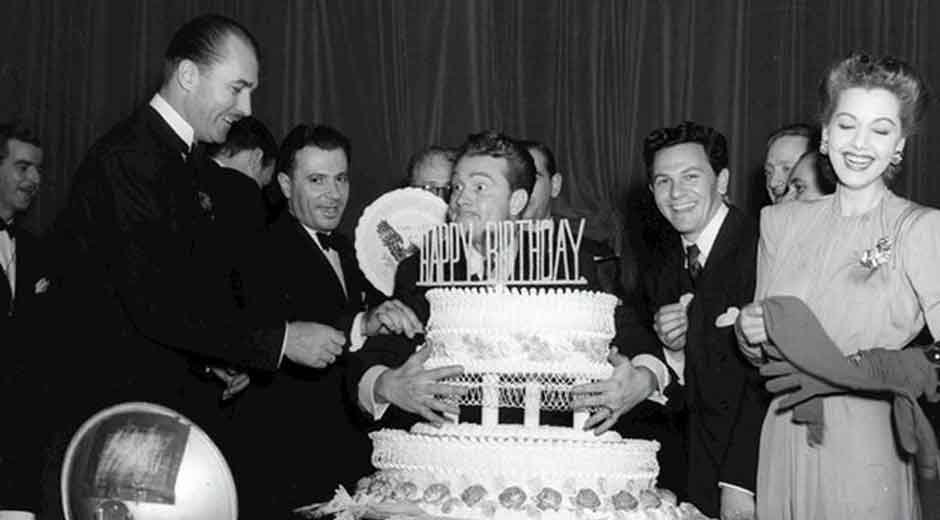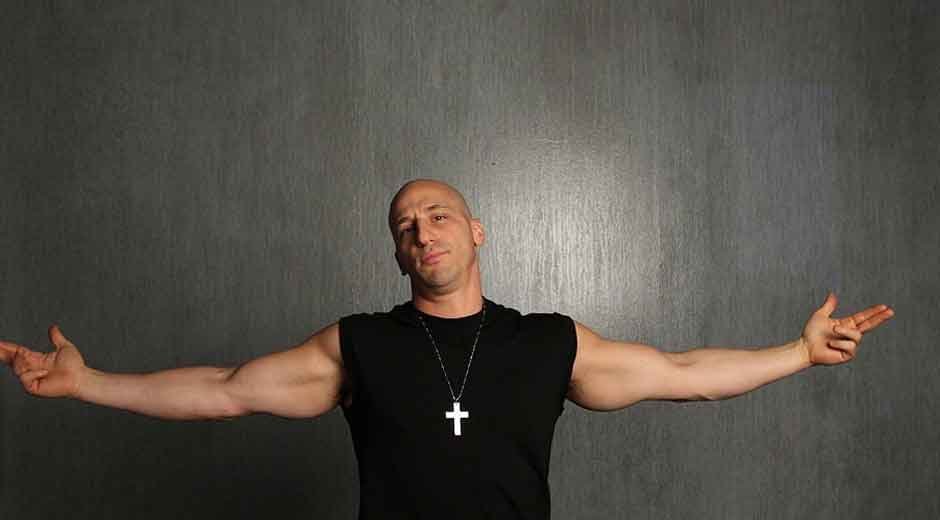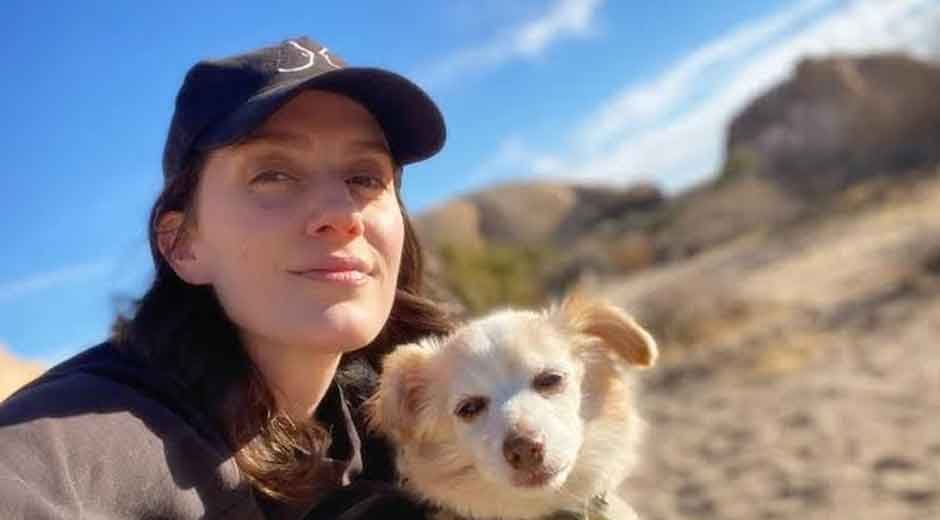A touching story of artistic legacy, personal resilience, and finding one’s own path
Beyond the Famous Father
Being Red Skelton’s daughter wasn’t the only thing that defined Valentina Marie Skelton, though it certainly shaped her early years. Born into comedy royalty, she could have easily followed her father’s footsteps into entertainment. Instead, she chose a different path—one that led to artistic fulfillment and personal authenticity.
Her story isn’t just about growing up famous. It’s about a woman who understood the difference between living in someone else’s spotlight and creating her own light. Valentina managed to honor her family’s legacy while building something entirely her own.
Those who knew her best remember not just Red Skelton’s daughter, but an accomplished artist, devoted mother, and someone who found beauty in quiet moments. Her life proves that sometimes the most meaningful stories happen away from the cameras.
Born into Comedy Royalty
May 5, 1947, marked the arrival of a baby girl who would grow up watching American television comedy take shape. Valentina Marie Skelton—originally named Glory Gay—was born in Santa Monica to parents who were already making their mark in entertainment. Her father Red was building the career that would make him a household name, while her mother Georgia Davis brought her own acting experience to their Hollywood home.
The Skelton house wasn’t like other families in 1940s America. While most kids played with toys, Valentina watched her dad create characters that would make millions laugh. She saw firsthand how entertainment could bring families together, but she also learned about the work that went into making it look effortless.
Growing up surrounded by creativity meant that artistic expression felt natural to her, even if she’d eventually choose a different medium than her father. Those early years taught her that art—whether comedy or painting—required dedication, practice, and genuine heart.
Early Television and The Wizard of Oz
When you’re Red Skelton’s daughter, television appearances come with the territory. Valentina appeared on “The Red Skelton Hour” throughout her childhood, giving viewers glimpses of the comedian’s family life. These weren’t staged performances—they were genuine moments that showed the warmth between father and daughter.
The most memorable of these appearances happened in December 1959. Twelve-year-old Valentina joined her father to host a television broadcast of “The Wizard of Oz.” This was only the second time the beloved movie had aired on TV, making it a special event for families across America.
Watching them together, you could see why the pairing worked so well. They had natural chemistry and shared enthusiasm that made the evening feel magical. For Valentina, it was probably just another night with Dad, but for viewers, it became a cherished memory of family entertainment at its best.
These experiences taught her about timing, audience connection, and the technical side of television. More importantly, they helped her realize that while she could handle the spotlight, her heart was pulling her in a different direction.
Tragedy and Resilience
In 1958, the Skelton family faced every parent’s worst nightmare. Valentina’s younger brother Richard, born just over a year after her, lost his battle with leukemia ten days before his tenth birthday. He died on May 10, 1958, leaving an eleven-year-old Valentina to process grief that most adults struggle to understand.
Losing Richard changed everything for the family. They had to figure out how to grieve privately while maintaining their public responsibilities. For Valentina, it was an early lesson in life’s fragility and the importance of family bonds.
The way her parents handled this tragedy with dignity became a blueprint for how Valentina would face her own challenges later in life. She learned that strength doesn’t mean hiding pain—it means finding ways to honor those you’ve lost while continuing to live fully.
This experience shaped her understanding that private sorrows and public joy could coexist. It was a lesson that would serve her well as she navigated her own path between public heritage and private fulfillment.
Growing Up in Palm Springs
As Valentina entered her teenage years, the family spent more time in Palm Springs, where she could experience something closer to a normal American adolescence. She attended Palm Springs High School and graduated in 1965, finding her footing in a community that knew her family but gave her space to be herself.
The highlight of her teenage years came in 1966 when she was crowned Queen of the Palm Springs Rodeo. This wasn’t about her famous last name—it was recognition of her own personality and community involvement. The title showed she could connect with people on her own terms.
After high school, she continued her education at the College of the Desert, where she began exploring her artistic interests more seriously. These college years were crucial for discovering what truly excited her creatively. She was developing friendships and interests that had nothing to do with entertainment industry connections.
The combination of her unique upbringing and more traditional educational experiences gave her a perspective that few people her age possessed. She understood both worlds—the entertainment industry and regular American life—and could appreciate the value of each.
Marriage and Motherhood
On July 14, 1969, Valentina married Carlos Jose Alonso, a restaurant executive from Madrid whose family had roots in Spain and Argentina. At 29, Carlos brought international experience and a different cultural perspective that broadened Valentina’s worldview.
Their daughter Sabrina arrived on August 23, 1970, making Valentina a mother at 23. Motherhood suited her perfectly. She threw herself into creating a stable, nurturing environment that balanced the values she’d learned from her own parents with new traditions she wanted to establish.
The marriage didn’t last, ending in divorce by June 1972. Suddenly, Valentina found herself a single mother, but she approached this challenge with the same resilience that had carried her through earlier difficulties. Instead of returning to entertainment for financial security, she chose to focus on her art and her daughter.
This decision said everything about her priorities. She valued authenticity and personal fulfillment over public recognition or easy money. It was a choice that required courage, but it aligned with who she really was.
The Artist Emerges
While Red Skelton found his creative outlet in comedy, Valentina discovered hers in visual art. Throughout her adult life, she created hundreds of paintings, finding the same satisfaction in brushstrokes that her father found in perfectly timed punchlines.
Her subjects often reflected her love for animals and nature. Living in California’s desert region surrounded her with dramatic landscapes and diverse wildlife that sparked her imagination. She painted what moved her, not what she thought would sell or impress others.
The discipline she brought to her art mirrored her father’s work ethic, but her creative process was entirely private. She painted for the joy of creation, sharing her work primarily with family and close friends. This approach allowed her to develop her own artistic voice without external pressures.
Her hundreds of paintings represent more than just artistic output—they’re evidence of a life lived authentically. Each canvas reflected her genuine interests and emotions, creating a body of work that was uniquely hers.
Honoring Her Father’s Legacy
Despite choosing privacy, Valentina never forgot her responsibility to Red Skelton’s legacy. She carefully balanced honoring her father’s contributions to American entertainment with protecting her own need for a private life.
When the Red Skelton Museum opened in Vincennes, Indiana, in July 2013, she made one of her rare public appearances. This wasn’t about publicity—it was about supporting something that genuinely honored her father’s memory and contributions to American culture.
Throughout her life, she served as a thoughtful guardian of Red Skelton’s reputation. She had to distinguish between projects that truly celebrated his work and those that might exploit his memory. Her careful stewardship helped ensure that his comedy would be remembered for its warmth and family-friendly values.
This role required wisdom and discretion. She understood that her presence at events provided authenticity that no one else could offer, but she was selective about when and where she shared that gift.
A Life Well-Lived
Valentina’s final years were spent in the desert communities of Rancho Mirage and Palm Desert, places that offered the privacy and natural beauty she’d always valued. She continued painting, maintained close family relationships, and found peace in the quiet rhythms of desert life.
When terminal illness came, she faced it with characteristic grace. Her daughter Sabrina was by her side when she passed away on April 8, 2022, at age 74. It was a peaceful end to a life lived on her own terms.
Valentina Marie Skelton’s story offers something rare—proof that you can honor your heritage while creating your own identity. She showed that success isn’t always measured in public acclaim, but sometimes in the quiet satisfaction of staying true to yourself.
Her legacy includes hundreds of paintings, a daughter raised with love and strong values, and the careful preservation of her father’s memory. But perhaps most importantly, she left an example of how to live authentically in a world that often rewards performance over substance.
For anyone struggling to balance family expectations with personal dreams, Valentina’s life offers hope. She proved that it’s possible to be grateful for your heritage while determined to write your own story.









